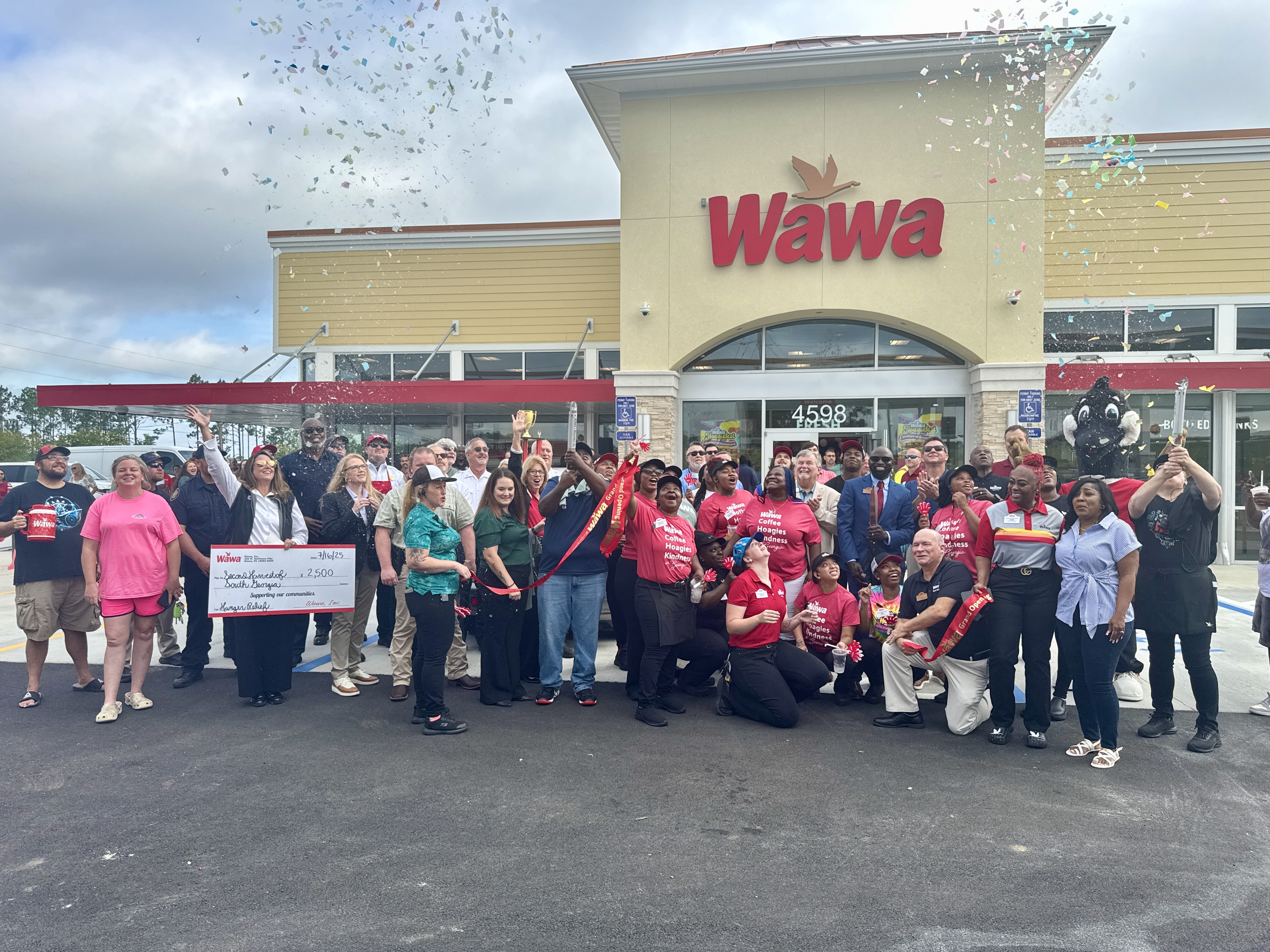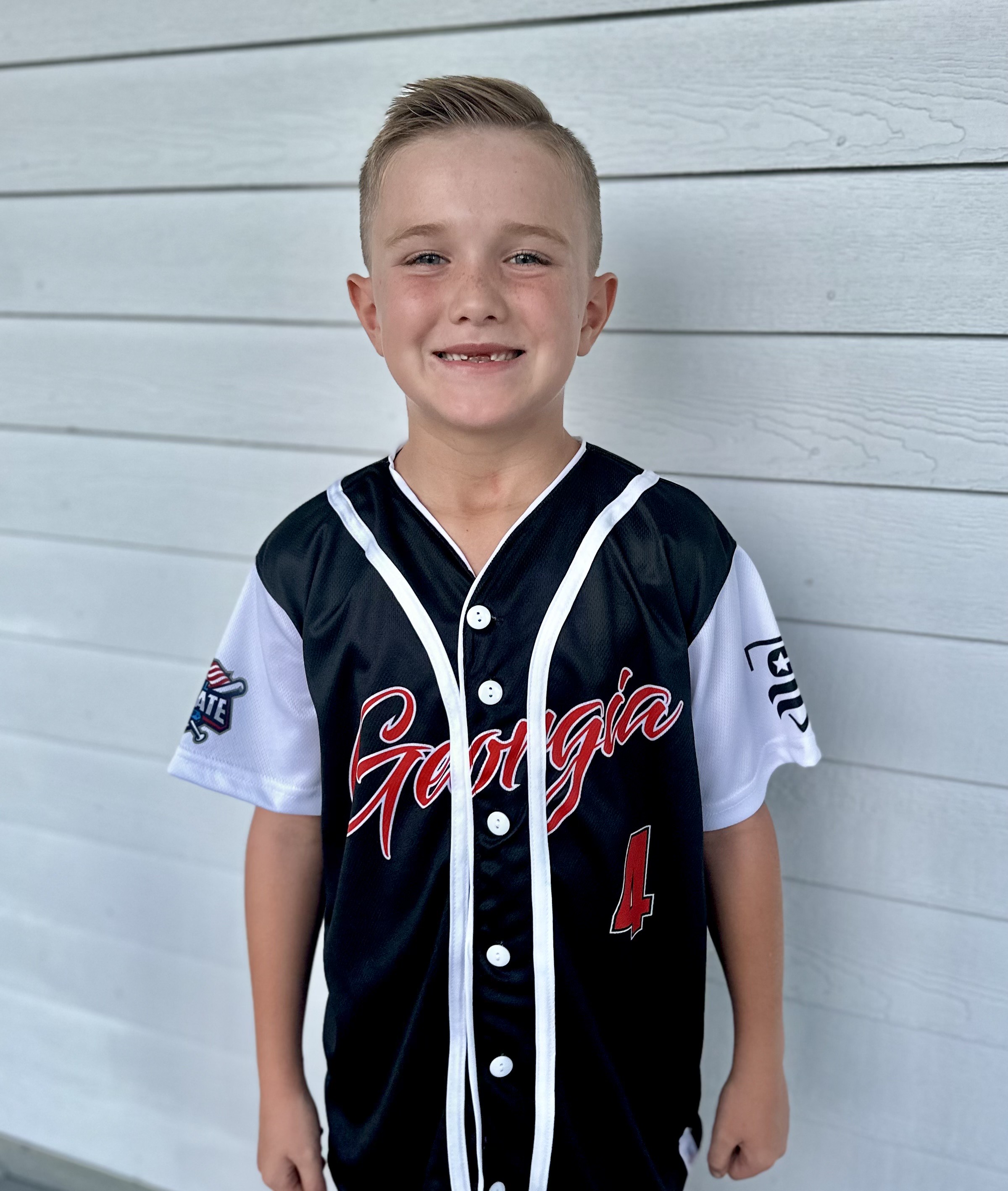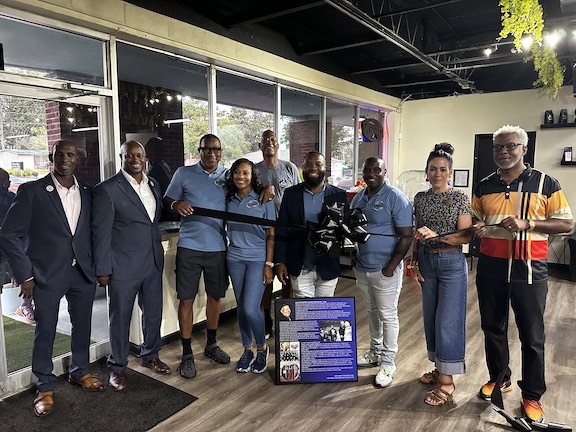Toolkit helps officer, student interaction
Published 6:00 am Tuesday, September 19, 2017
VALDOSTA — Mutual trust most effectively leads to a safe school environment, according to “Be Her Resource: A Toolkit About School Resource Officers and Girls of Color.”
Earlier this month, Georgetown Law Center on Poverty and Inequality and the National Black Women’s Justice Institute released findings on improving interactions between SROs and students, specifically girls of color, in the “Be Her Resource” toolkit.
Trending
Valdosta Police Department Lt. Adam Bembry said Valdosta SROs build trust through communicating with the students and overcoming their possible fear of law enforcement.
“Seeing these officers up close, getting to know their names, getting to know their faces … and feeling comfortable enough to go up and talk to them (is important),” he said.
According to the national study, Georgia is among 22 states with contracts between schools and law enforcement, and Georgia is among 19 states that require SROs to receive youth-specific law-enforcement training.
VPD SRO training includes topics such as search and seizure in schools, criminal offenses, drug awareness, interviews and interrogations, emergency preparedness, dealing with adolescents.
“SROs have been tasked with trying to enforce administrative rules, which is actually incorrect,” Bembry said. “We have no authority to enforce a school rule; that’s the school. Our authority is only derived in the State of Georgia to enforce criminal code.”
The report found that black girls in the South are more than five times likely than white girls to be suspended one or more times and are four times more likely than white girls to be arrested.
Trending
Bembry said the statistics should be taken with a grain of salt, as the dynamics of the population play a part in the dynamics of arrests. For example, if a population is 98 percent African-American, then a higher percentage of African-American arrests reflecting that would not be an abnormal trend, and vice versa with a larger white population and larger number of white arrests.
As far as the findings of bias, Bembry disagreed with the study. He said treatment of all students is the same, and there is not an abnormal trend in regards to SRO discipline in Valdosta City Schools.
The study provided nine principles to improve the relationship between SROs and students: clearly restrict law-enforcement roles and responsibilities in formal agreements with schools; develop incident protocols for SROs; collect and act on data; implement non-punitive responses; train SROs on children and adolescent mental health; develop community resource lists; train educators on SROs’ limits and how to effectively handle disciplinary issues without police involvement; and create opportunities for positive, non-enforcement interactions among police, girls of color and the community.
In regards to resources, Bembry said teachers and nurses are vital, saying they can notice student behavior changes that could signal something happening in the home.
To view the full study and resource toolkit, visit law.georgetown.edu/news/press-releases/upload/be-her-resource.pdf.
Kimberly Cannon is a Reporter with The Valdosta Daily Times. Her extension is 1376.





